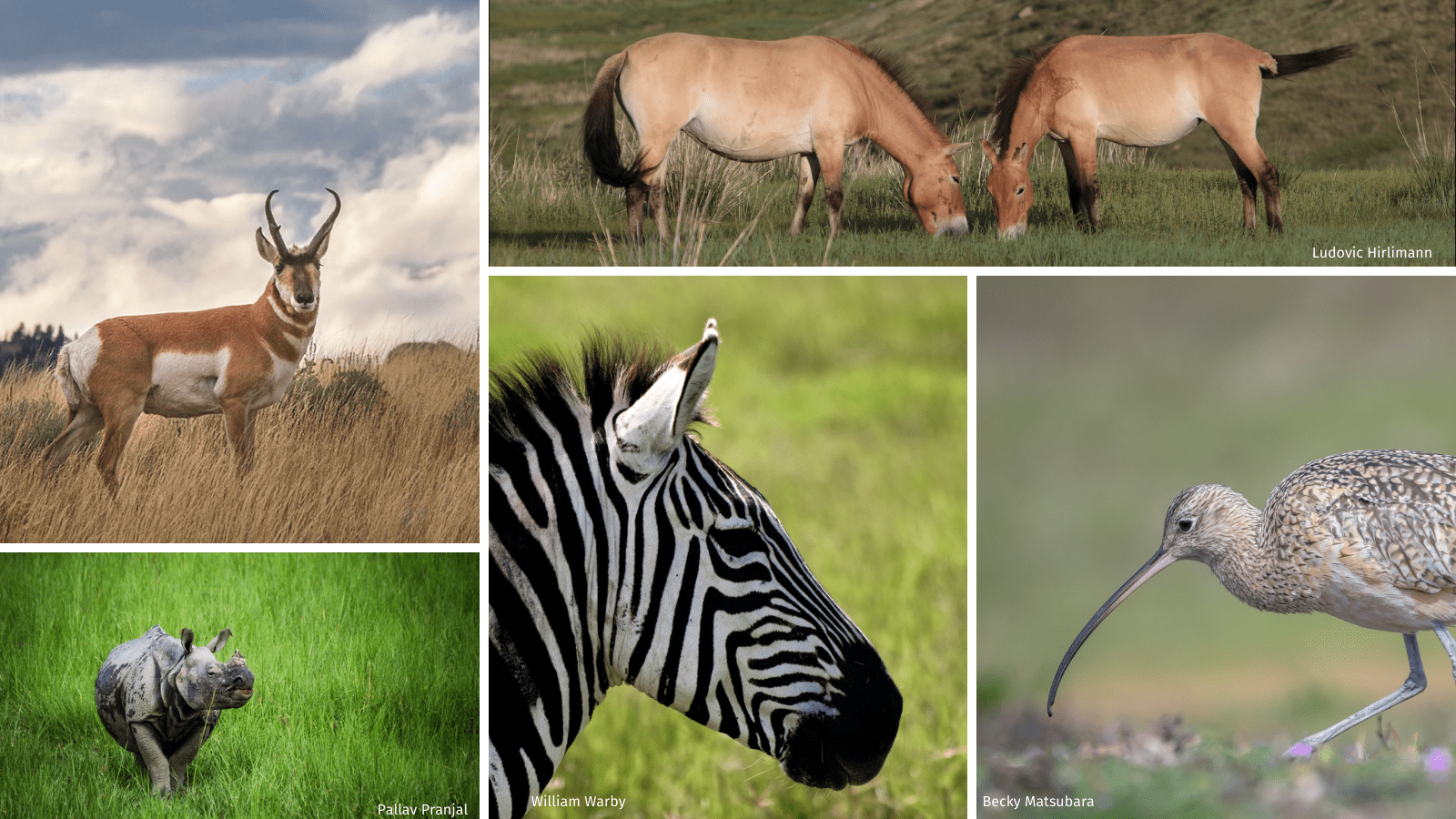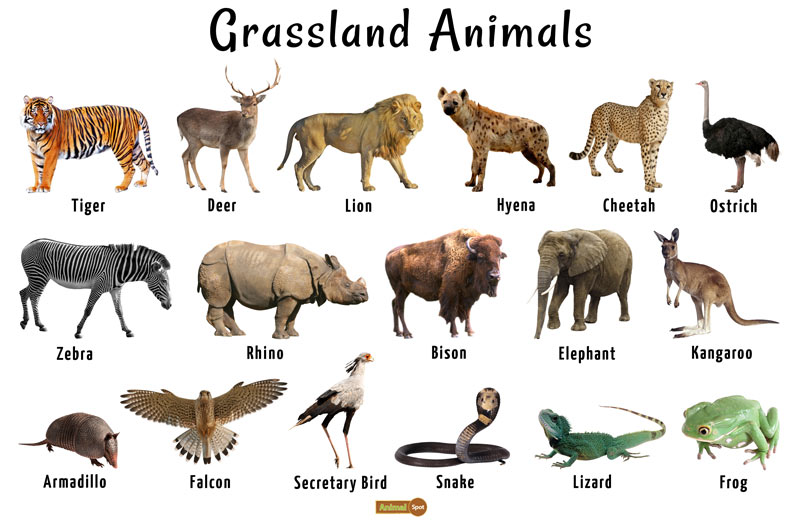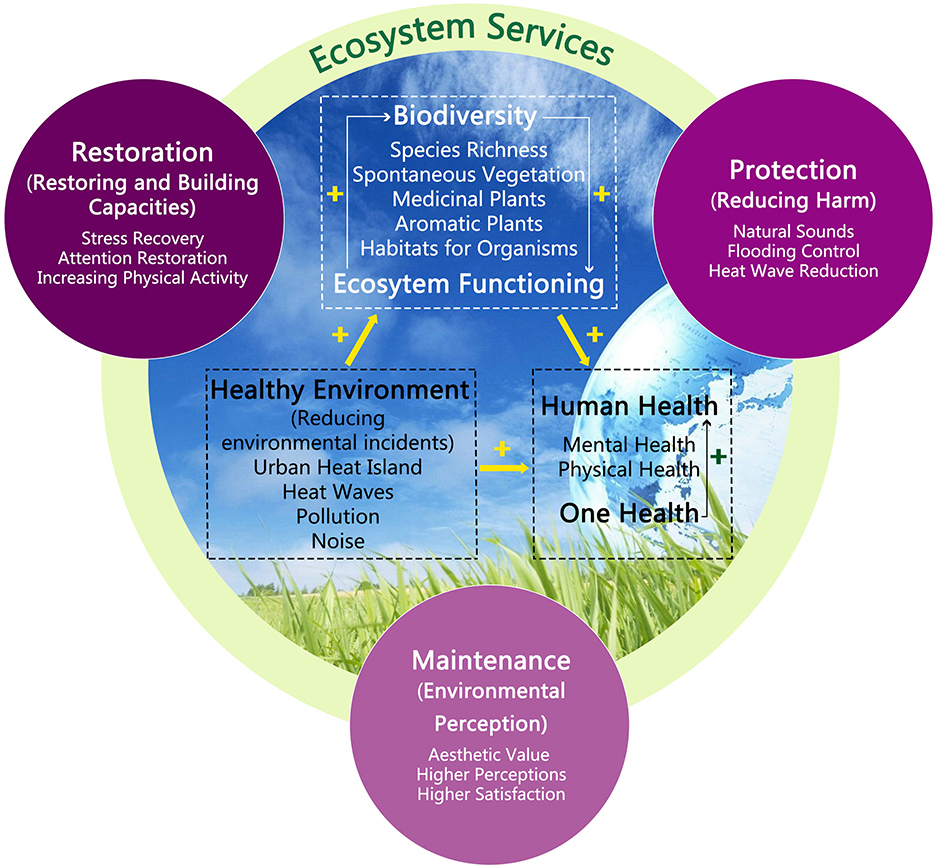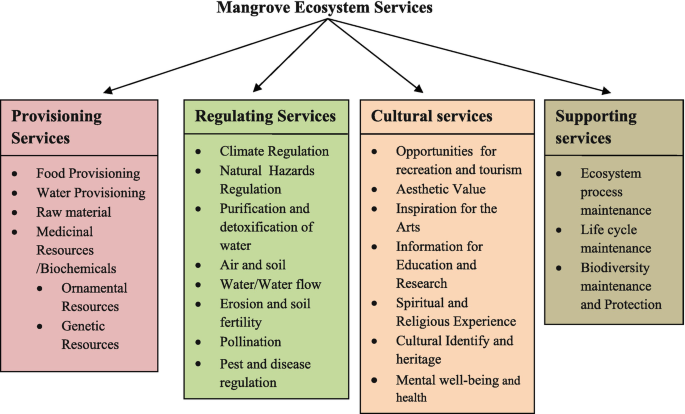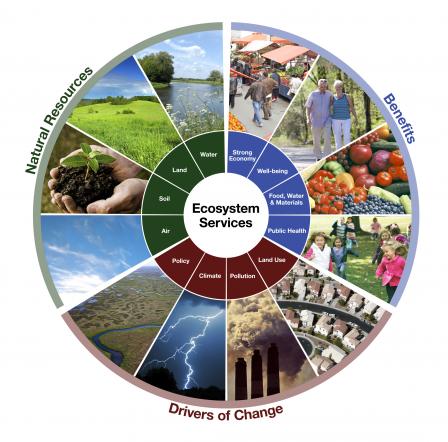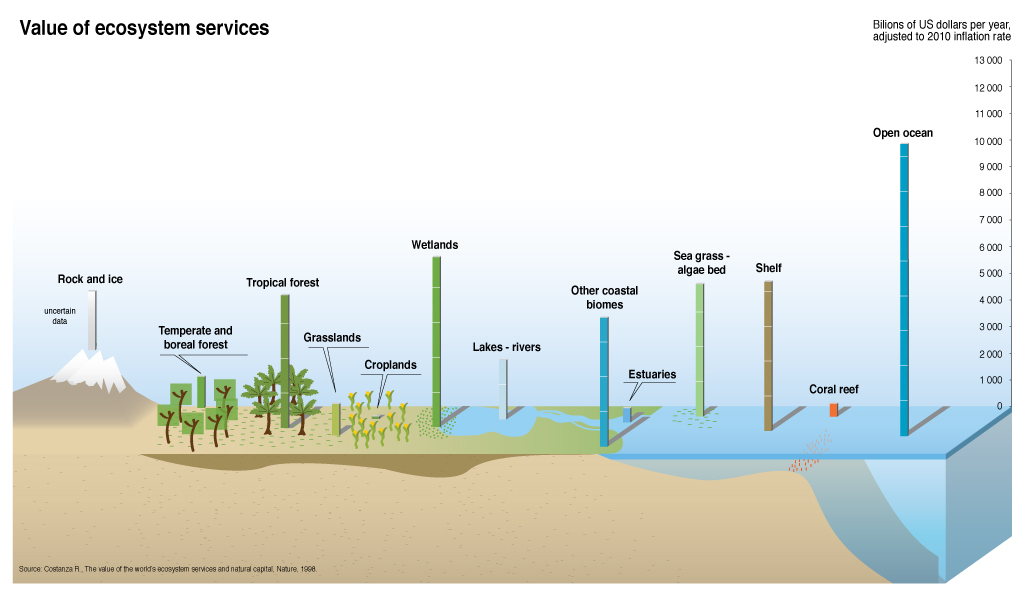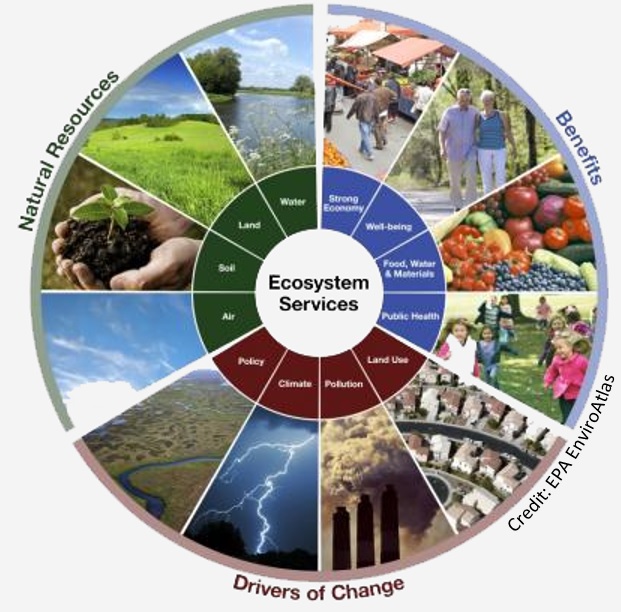Topic ecosystem niche definition: Explore the essence of ecosystem niche definition, where each organism"s unique role and interaction contribute to the biodiversity and balance of nature.
Table of Content
- What is the definition of an ecosystem niche?
- Understanding Ecosystem Niches
- Types of Niches in Ecosystems
- Factors Influencing Ecosystem Niches
- Examples of Ecosystem Niches
- The Role of Competition in Shaping Niches
- Adaptation and Niche Evolution
- YOUTUBE: What Is A Niche - Ecology Environment Biology FuseSchool
- Ecological Niche Modeling
- Niches and Ecosystem Health
- Human Impact on Ecosystem Niches
- Conservation and Management of Niches
What is the definition of an ecosystem niche?
An ecosystem niche refers to the specific role and position a species occupies within its environment. It encompasses the interactions and relationships a species has with other organisms and its physical surroundings. Understanding the concept of ecosystem niche is crucial in ecology as it influences the species\' ability to survive and reproduce within its habitat.
- Definition: An ecosystem niche can be defined as the unique way in which a species utilizes resources and interacts with other components of its environment.
- Components: The niche of a species includes factors such as its diet, preferred habitat, behavior, reproductive strategies, and relationships with other species.
- Importance: Identifying the niche of a species helps in understanding its ecological function, its adaptations to the environment, and its impact on the overall ecosystem.
- Competition: Species occupying similar niches may compete for resources, leading to adaptations and evolutionary changes to reduce competition and coexist.
- Ecological Niche vs. Habitat: While habitat refers to the physical area where a species lives, the ecological niche focuses on how a species interacts with its habitat and other species present.
READ MORE:
Understanding Ecosystem Niches
An ecosystem niche refers to the unique position and role an organism or population holds within its environment. It encompasses everything the organism does, including its interactions with other living entities and its contributions to its habitat. Understanding ecosystem niches is crucial for comprehending biodiversity and ecosystem functionality.
- Functional Role: Each species has a set of roles, such as pollination or seed dispersion, defining its niche.
- Resource Utilization: How an organism uses the available resources, including food, shelter, and mates, is a key aspect of its niche.
- Interaction with Other Species: Relationships with other species, like predation, symbiosis, or competition, shape the niche.
- Environmental Conditions: The physical and chemical conditions an organism can tolerate define the boundaries of its niche.
Niches are vital for ecosystem stability, as they help regulate species populations and maintain biodiversity. They also illustrate the intricate web of life, showing how closely linked and dependent species are on each other and their environment.

Types of Niches in Ecosystems
Ecosystems are composed of various niches, each supporting different types of organisms. Understanding the types of niches helps in appreciating the complexity and diversity of life within ecosystems. Here are some primary categories:
- Fundamental Niche: The potential mode of existence of a species, given the absence of competition and other biotic factors.
- Realized Niche: The actual conditions under which an organism exists, considering the presence of competition and other biotic interactions.
- Habitat Niche: Focuses on the physical space a species occupies within the ecosystem.
- Trophic Niche: Relates to the position of a species in the food chain, detailing its dietary habits and role in the transfer of energy through the ecosystem.
- Temporal Niche: Describes how the timing of an organism"s activities, such as feeding or reproduction, separates it from other species and reduces competition.
- Reproductive Niche: Encompasses the conditions and strategies a species uses for reproduction, including mating rituals, nesting sites, and time of year for breeding.
These niches highlight the adaptability and variety of life forms, emphasizing how species can coexist through niche differentiation and specialization. By occupying distinct niches, organisms minimize competition and contribute to the stability and diversity of their ecosystems.
Factors Influencing Ecosystem Niches
The complexity of ecosystem niches is influenced by a variety of factors that determine how species interact with their environment and each other. These factors play a crucial role in defining the range of conditions under which organisms can survive and thrive. Understanding these influences is key to grasping the dynamics of ecosystems.
- Environmental Conditions: Temperature, humidity, soil type, water availability, and light intensity all affect the suitability of habitats for different organisms.
- Competition: The struggle for resources can limit the availability of suitable niches, forcing species to adapt or migrate to survive.
- Predation and Parasitism: These interactions influence the behavior and survival strategies of species, shaping their niches.
- Availability of Resources: The abundance or scarcity of food, water, and shelter can greatly impact niche diversity within an ecosystem.
- Human Activities: Urbanization, pollution, and climate change induced by human activities can alter or destroy natural habitats, affecting niche structures.
- Mutualism and Symbiosis: Cooperative interactions between species can create and modify niches, enhancing survival chances.
These factors underscore the interconnectedness of life within ecosystems, demonstrating how external conditions and inter-species relationships continuously shape the ecological niches. Adaptation and evolution are ongoing processes driven by these dynamic influences.

Examples of Ecosystem Niches
To illustrate the concept of ecosystem niches, here are some real-world examples that show the diversity of roles within natural habitats. These examples demonstrate how specific conditions allow for the coexistence of various species by occupying different niches.
- The Decaying Log Niche: A fallen tree provides a habitat for fungi, insects, mosses, and small mammals, each utilizing different parts of the log and contributing to its decomposition.
- Coral Reef Ecosystems: Coral reefs are bustling with niche diversity, from the algae that photosynthesize light into energy to the myriad fish species that occupy various feeding roles, from herbivores grazing on algae to apex predators.
- Desert Ecosystems: In harsh desert environments, niches are defined by how species adapt to extreme temperatures and scarcity of water. Cacti, for example, have evolved to store water, while nocturnal animals avoid the heat by being active at night.
- Aquatic Plant Life: Floating plants, submerged plants, and edge plants each occupy a distinct niche based on light availability, water depth, and soil type, supporting a variety of aquatic and semi-aquatic species.
- The Soil Microbiome: Different bacteria, fungi, and invertebrates break down organic matter, fix nitrogen, and cycle nutrients, each occupying a niche based on their specific role in soil health and fertility.
These examples underscore the variety of life forms and the intricate ways in which they interact within their environments, fulfilling essential roles that sustain ecosystem health and balance.
The Role of Competition in Shaping Niches
Competition plays a pivotal role in the formation and evolution of ecological niches within ecosystems. It acts as a driving force that influences the distribution, behavior, and survival strategies of species. Understanding the dynamics of competition can shed light on the complex interactions that define biodiversity.
- Resource Competition: Species compete for limited resources such as food, water, and territory. This competition can lead to niche specialization, where species evolve to exploit different resources or occupy different times or spaces to reduce direct competition.
- Competitive Exclusion Principle: When two species compete for the exact same resources, one will typically outcompete and exclude the other, leading to the dominance of one species and the evolution or extinction of the other.
- Niche Partitioning: To coexist, species may divide resources, a process known as niche partitioning. This division can be based on dietary preferences, habitat selection, or temporal activity patterns, allowing similar species to occupy the same ecosystem without direct competition.
- Character Displacement: Competition can also lead to character displacement, where species evolve distinct physical or behavioral traits that minimize competition, further differentiating their niches.
Through these mechanisms, competition shapes the structure of ecosystems, encouraging diversity by forcing species to adapt to their environments and to each other. This adaptive process ensures that ecosystems remain dynamic and capable of supporting a wide array of life forms.
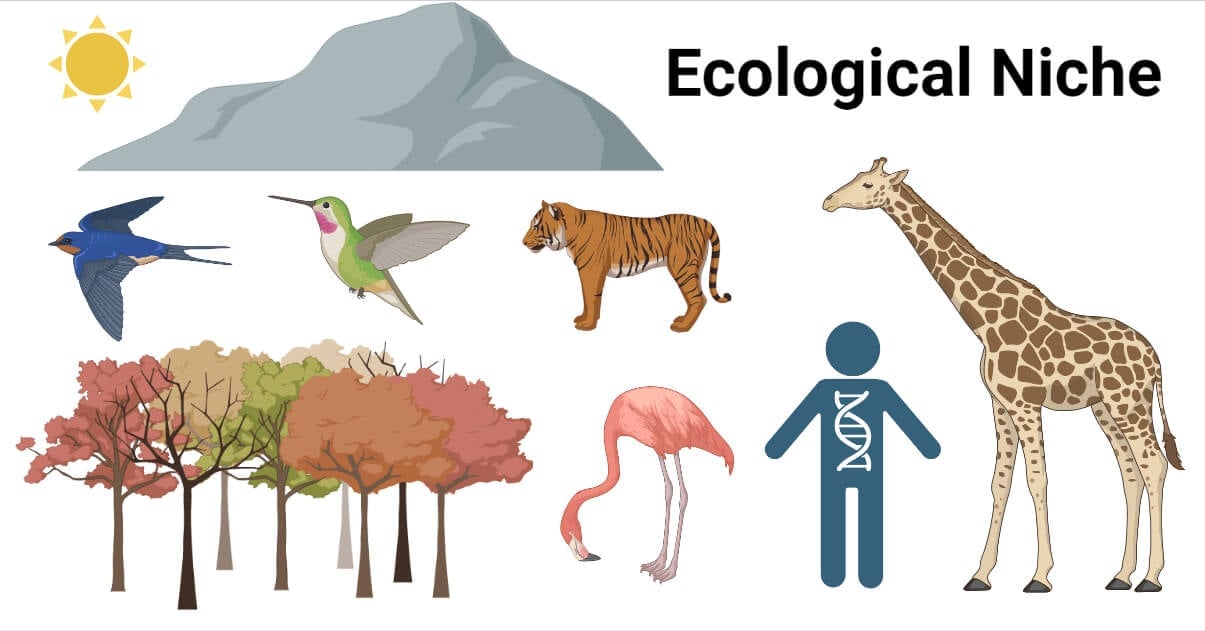
Adaptation and Niche Evolution
Adaptation and niche evolution are fundamental processes that enable species to survive, thrive, and coexist within ecosystems. These mechanisms reflect the dynamic nature of ecological niches and the continuous interaction between organisms and their environments.
- Genetic Adaptation: Over generations, species undergo genetic changes that enhance their survival in specific niches. These adaptations can affect physical traits, behaviors, or metabolic processes, allowing organisms to better utilize available resources and avoid predators.
- Niche Construction: Organisms can actively modify their environments, creating new niches. This process, known as niche construction, can lead to changes in the ecosystem that benefit the constructor and potentially other species.
- Ecological Speciation: The process of niche differentiation can lead to speciation, where populations of a single species diverge into distinct species as they adapt to different niches within their habitat.
- Co-evolution: Species within the same ecosystem often evolve in response to each other, leading to a co-evolutionary relationship. This process can drive niche differentiation as species adapt to each other"s presence, further diversifying the ecosystem.
Adaptation and niche evolution highlight the interconnectedness of life and the environment, illustrating how biodiversity is a product of millions of years of evolutionary processes. Through these adaptations, ecosystems maintain their resilience and capacity to support life.
What Is A Niche - Ecology Environment Biology FuseSchool
Niche: Discover the fascinating world of niche hobbies in this captivating video that showcases unique interests and passions. Explore how individuals carve out their own niche and create a vibrant community around their shared enthusiasm. Ecological: Dive into the awe-inspiring beauty of our planet\'s ecological wonders in this breathtaking video that celebrates the intricate balance of nature. Witness the vibrant diversity of ecosystems and learn about the importance of preserving our environment for future generations.
Define ecological niche - CLASS 12 ECOSYSTEM BIOLOGY Doubtnut
Define ecological niche. Class: 12 Subject: BIOLOGY Chapter: ECOSYSTEM Board:Haryana Board You can ask any doubt from ...
Ecological Niche Modeling
Ecological Niche Modeling (ENM) is a powerful tool used by ecologists to predict the distribution of species across landscapes and through time. By incorporating environmental variables and species occurrence data, ENM helps in understanding how ecological niches influence species distributions and potential responses to environmental changes.
- Predicting Species Distributions: ENM uses climatic, topographic, and biotic variables to predict where species could potentially exist based on their known ecological requirements.
- Assessing Habitat Suitability: It helps in identifying suitable habitats for conservation efforts, reintroduction programs, and managing biodiversity.
- Climate Change Impact Analysis: By modeling how species’ distribution ranges might shift with climate change, ENM can inform conservation strategies to mitigate adverse effects.
- Invasive Species Management: ENM is used to predict the potential spread of invasive species, helping in the development of control and prevention strategies.
- Conservation Prioritization: The tool aids in prioritizing areas for conservation based on the ecological niches of endangered or key species.
Through the application of ENM, ecologists and conservationists can make informed decisions to support ecosystem management and species conservation, adapting strategies to the changing environment.

Niches and Ecosystem Health
The health of an ecosystem can be significantly influenced by the niches within it. A diverse array of niches contributes to a robust and resilient ecosystem, capable of withstanding environmental changes and supporting a wide variety of life forms. Here"s how niches impact ecosystem health:
- Biodiversity Support: A rich tapestry of niches supports higher biodiversity, as different species can coexist by occupying unique roles and spaces within the ecosystem.
- Resilience to Change: Ecosystems with diverse niches are more resilient to disturbances such as climate change, disease outbreaks, and human impacts, as the loss of one species can be compensated by others fulfilling similar roles.
- Productivity and Stability: Niches contribute to the overall productivity of an ecosystem by ensuring that resources are efficiently used and recycled, leading to greater stability and sustainability.
- Pollination and Seed Dispersal: Niches related to pollination and seed dispersal play crucial roles in plant reproduction, genetic diversity, and the spread of plant species, which are foundational to ecosystem health.
- Nutrient Cycling: Organisms within their respective niches contribute to nutrient cycling by breaking down waste materials and dead organisms, turning them into nutrients that can be reused, which is vital for ecosystem productivity.
Understanding the interplay between niches and ecosystem health is essential for conservation efforts and sustainable management practices, ensuring that ecosystems continue to thrive and support life on Earth.
Human Impact on Ecosystem Niches
Human activities have profound impacts on ecosystem niches, often leading to habitat degradation, loss of biodiversity, and altered ecosystem functions. Understanding these impacts is crucial for developing sustainable practices and conservation strategies. Here are some ways humans affect ecosystem niches:
- Habitat Destruction: Urbanization, agriculture, and deforestation lead to the direct loss of habitats, forcing species to migrate, adapt to new niches, or face extinction.
- Pollution: Air, water, and soil pollution can drastically alter the conditions of ecosystems, affecting the survival and reproduction of species and thus their niches.
- Climate Change: Changes in temperature and precipitation patterns can shift ecosystem boundaries and the distribution of niches, requiring species to adapt or relocate.
- Overexploitation: The overharvesting of resources, such as fish and timber, disrupts food chains and niches, leading to imbalances in ecosystem dynamics.
- Invasive Species: The introduction of non-native species can disrupt local niches through competition, predation, or disease, often outcompeting native species.
Addressing human impacts on ecosystem niches involves concerted global efforts towards conservation, restoration, and sustainable management of natural resources, ensuring the long-term health and stability of ecosystems worldwide.

READ MORE:
Conservation and Management of Niches
Effective conservation and management of niches are pivotal for maintaining ecosystem integrity, biodiversity, and resilience. These efforts require a comprehensive understanding of ecological roles and the factors that influence niche dynamics. Here are key strategies for the conservation and management of niches:
- Protected Areas: Establishing and managing protected areas to conserve critical habitats and their associated niches, ensuring the survival of diverse species.
- Restoration Projects: Restoring degraded ecosystems to their natural states can help recover lost niches and restore balance to ecosystems.
- Sustainable Resource Use: Implementing sustainable harvesting practices and reducing waste to minimize impact on ecosystem niches and their inhabitants.
- Climate Change Mitigation: Taking actions to reduce greenhouse gas emissions and combat climate change to protect ecosystems and their niches from drastic alterations.
- Invasive Species Control: Monitoring and controlling the spread of invasive species to prevent disruption of local niches and the displacement of native species.
- Community Engagement and Education: Involving local communities in conservation efforts and raising awareness about the importance of ecological niches for ecosystem health.
By prioritizing these strategies, societies can ensure the long-term conservation and management of ecological niches, supporting the health and diversity of ecosystems worldwide.
Exploring the intricacies of ecosystem niches reveals the interconnectedness of life and its resilience. Understanding niches enriches our appreciation of biodiversity and highlights the importance of conservation for a sustainable future.
